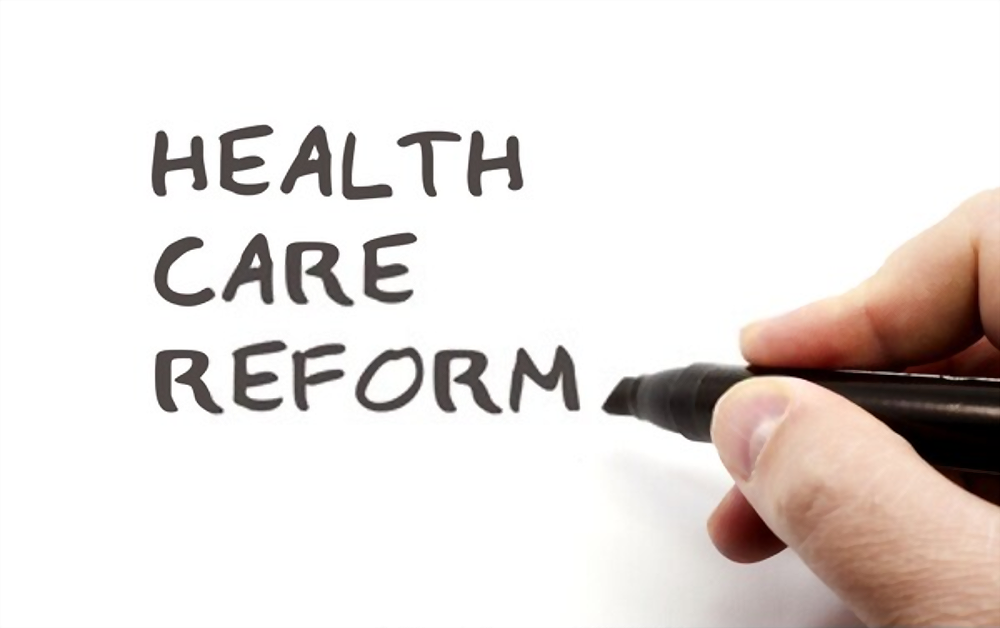A REAL FIX FOR PREVENTABLE DISEASES
Despite deep flaws that will have to be corrected, the Patient
Protection and Affordable Care Act (ACA) has three aspects that make me
optimistic about medical entrepreneurs being able to surmount the law’s
barriers and create a consumer-dominated, market-based system of medical
care and health insurance that will ultimately deliver high-quality,
affordable medical care to everyone:
1. The creation of consumer value
2. The rise of high-value local health plans
3. The achievement of effective disease prevention
In Part 2, I discussed the creation of consumer-value as an unplanned result of ACA’s forcing people—rather than insurers—to pay for their own normally consumed medical services. In Part 3, I described how new local health plans built around these providers will be able to displace national PPO-based carriers by creating a virtuous cycle of ever higher medical quality and constantly improving affordability. In this fourth of five installments, I address how these innovative health plans can dramatically move the needle on effective disease prevention.
Free Prevention Services Won’t Do It
One of the oft-touted virtues of ACA has been its requirement for
insurers—starting today—to cover a vast array of preventive medical
services with zero out-of-pocket patient payments. The hope is that this
will reduce the incidence of preventable diseases that consume
three-quarters of all medical spending. The reality is that it will
further drive up insurance premiums without ever yielding compensating
savings. I know this runs counter to a lot of received wisdom, but the
awkward fact is that, with only a handful of exceptions, medical
prevention always costs more than it saves. Here’s how the journal Health Affairs put it last year:
Over the four decades since cost-effectiveness analysis was first applied to health and medicine, hundreds of studies have shown that prevention usually adds to medical costs instead of reducing them. Medications for hypertension and elevated cholesterol, diet and exercise to prevent diabetes, and screening and early treatment for cancer all add more to medical costs than they save.
One of the things the managed care revolution taught us with its nearly free preventive care is that there is actually very little that doctors can do to prevent self-inflicted diseases in patients they see for maybe an hour out of every year. How could we expect otherwise when so many of those folks spend their other 8,759 hours pursuing self-destructive behaviors that make them sick and prematurely kill them? This hardly means that personal prevention is a waste of time and money; only that pushing it in the form of mass medical intervention is never going to overcome the 24/7 lifestyles that cause the problem, much less save any money.
Individual Incentives
So if free medical intervention can’t decrease the incidence of
preventable diseases on a cost-effective basis, what can? How about
financial incentives for personal performance? We know that people with
unhealthy lifestyles have higher annual medical costs than their
healthy-living colleagues. On average, for example, obese people cost
about 40% more than people with normal body mass. This provides an
opportunity for insurers to reduce claims and charge lower premiums by
paying rewards to members who actually achieve and maintain measurably
healthy lifestyles like a less fatty physique. If the actuaries for such
innovative insurers are allowed to calibrate these rewards based on the
actual savings that result, then they will have created a
cost-effective incentive for members to lose weight, stop smoking, and
get their blood pressure under control.
The good news about ACA is that it actually allows employer health plans to do just that—even to refund up to half of members’ insurance premiums for achieving and maintaining control of risk factors that would otherwise make them sick. If fully implemented (ACA lets the HHS Secretary decide the details), insurers could be allowed to write monthly checks for hundreds of dollars to members who successfully control their weight, smoking, alcohol consumption, blood pressure, blood sugar, and cholesterol.
You don’t need a Nobel economist to tell you that people respond to financial incentives (or even one who’ll try to tell you they won’t). And the bigger the incentive the better. So while providing free services to people who attempt prevention won’t generate net savings, rewarding people who succeed will. And the promise of thousands of dollars a year in premium rebates will lead a lot of them to seek help—medical and otherwise—to change their self-destructive behaviors. Assisted by long-proven public health initiatives, prevention incentives can help deliver big reductions in diabetes, COPD, heart failure, stroke, cancer, and a plethora of other preventable diseases—producing big savings in medical costs and health insurance premiums.
Ending Moral Hazard
Of course, there will always be the relatively few benighted souls who
won’t take care of themselves no matter how enticing the rewards. But at
least they’ll effectively be paying more for their god-given right to
eat, drink, smoke, and couch-potato themselves to death.
The Fix Isn’t Quite In
If there’s a problem with this scenario, it’s that ACA allows these
incentives only for employer-provided health insurance. The law is
silent on allowing it in the individual insurance exchanges where I
believe the real innovations must take place. That’s bothersome, but
presumably remediable if the states charged with actually implementing
the exchanges do the right thing. As I’ve said, the law needs a lot of
work.
Coming next, The Challenge.

